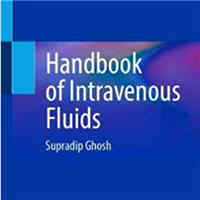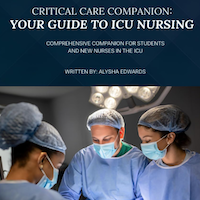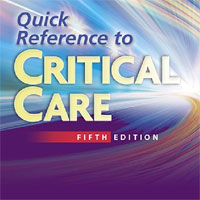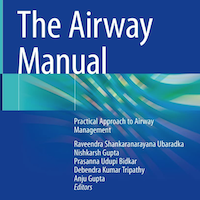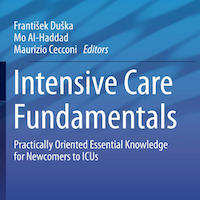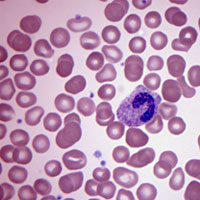
Decision-making in the detection and management of patients with sepsis in resource-limited settings
We read with interest the study by Andrews et al. and the related correspondence from Shrestha et al. We share the concern that clinical examination (and observations) appear(s) to be perceived as relatively unimportant in... read more

Survival and Safety Outcomes of ICU Patients Discharged Directly Home
Recruited discharged directly to home patients experienced very good 8-week postdischarge outcomes with 0% mortality and a low rate of ICU readmission (1%) or ward readmission (4%), but not an insignificant rate of emergency... read more

Factors Associated With Bed Utilization and Development of a Benchmarking Model
ICU length of stay (LOS) is an important measure of resource use and economic performance. Our primary aims were to characterize the utilization of PICU beds and to develop a new model for PICU length of stay. PICU bed utilization... read more

Too Much SALT on the ICU?
There has a been a little flutter of activity in the #FOAMed world this week about two trials published in the NEJM on the subject of balanced fluids in the care of critically ill patients, and also on admitted patients in... read more

Why Do Nurses Quit?
Estimates are that up to 30-50% of nurses leave their position or quit nursing altogether in the first year. What drives nurses away? Some new grads do not survive the shock. Nursing school is insufficient preparation for... read more

Evidence-based Recommendations on the Use of Intravenous Lipid Emulsion Therapy in Poisoning
Although intravenous lipid emulsion (ILE) was first used to treat life-threatening local anesthetic (LA) toxicity, its use has expanded to include both non-local anesthetic (non-LA) poisoning and less severe manifestations... read more

Comparison of Etomidate and Ketamine for Induction During Rapid Sequence Intubation of Adult Trauma Patients
Induction doses of etomidate during rapid sequence intubation cause transient adrenal dysfunction, but its clinical significance on trauma patients is uncertain. Ketamine has emerged as an alternative for rapid sequence intubation... read more
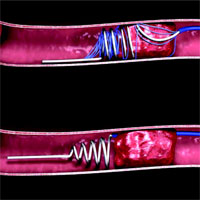
Combined Intravenous Thrombolysis and Thrombectomy vs Thrombectomy Alone for Acute Ischemic Stroke
The results indicate that treatment of patients experiencing AIS due to a large vessel occlusion with IVT before MT does not appear to provide a clinical benefit over MT alone. A randomized clinical trial seems warranted.... read more
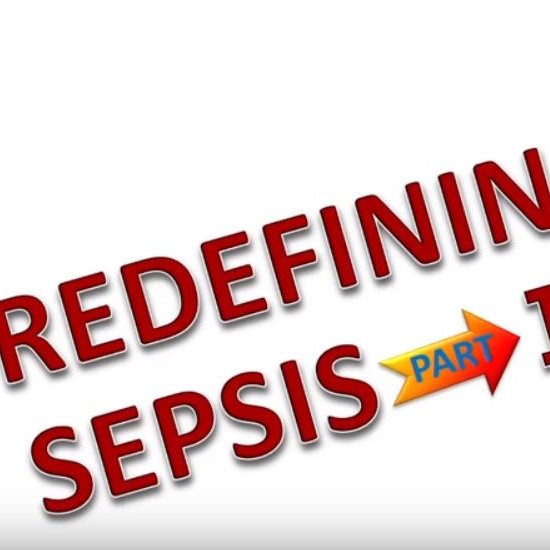
Sepsis: A Threat That Needs a Global Solution
Flavia R. Machado, MD, PhD, gives a plenary talk at the 47th Critical Care Congress, “Sepsis: A Threat That Needs a Global Solution.”... read more

Pandemics Cross Borders: How to Tackle Them From a Global Perspective
Steve A. Webb, MD, gives a plenary talk at the 47th Critical Care Congress, “Pandemics Cross Borders: How to Tackle Them From a Global Perspective.”... read more

Association Between Continuous Hyperosmolar Therapy and Survival in Patients with TBI
Intracranial hypertension (ICH) is a major cause of death after traumatic brain injury (TBI). Continuous hyperosmolar therapy (CHT) has been proposed for the treatment of ICH, but its effectiveness is controversial. We compared... read more

The Life Cycle of Intensive Care Survivors
I started the Intensive care follow-up clinic to try to make sense of my work with critical patients and get feedback from their physical recovery. Over time, I verified that the patients presented not only physical effects,... read more

Haloperidol Prophylaxis in Critically Ill Patients with a High Risk for Delirium
The use of the delirium prevention protocol seems to result in improvement of several delirium outcome measures. Prophylactic treatment with low dose haloperidol in critically ill patients with a high risk of delirium likely... read more

Critical Care Pharmacists and Medication Management in an ICU Recovery Center
Many patients experience complications following critical illness; these are now widely referred to as post-intensive care syndrome (PICS). An interprofessional intensive care unit (ICU) recovery center (ICU-RC), also known... read more
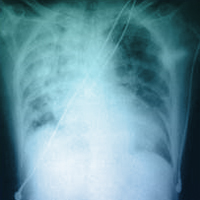
The Randomized Educational ARDS Diagnosis Study
Radiographic criteria for acute respiratory distress syndrome have been criticized for poor reliability. Our objective was to test an educational intervention to improve the radiographic identification of acute respiratory... read more

Update of a Systematic Review of Autoresuscitation After Cardiac Arrest
Although case reports of autoresuscitation are hampered by variability in observation and monitoring techniques, autoresuscitation has now been reported in adults and children, and there appears to be a distinction in timing... read more

Extreme Measures: Finding a Better Path to the End of Life
In our current medical culture, the old and the ill are put on what she terms the End-of-Life Conveyor belt. They are intubated, catheterized, and even shelved away in care facilities to suffer their final days alone, confused,... read more


